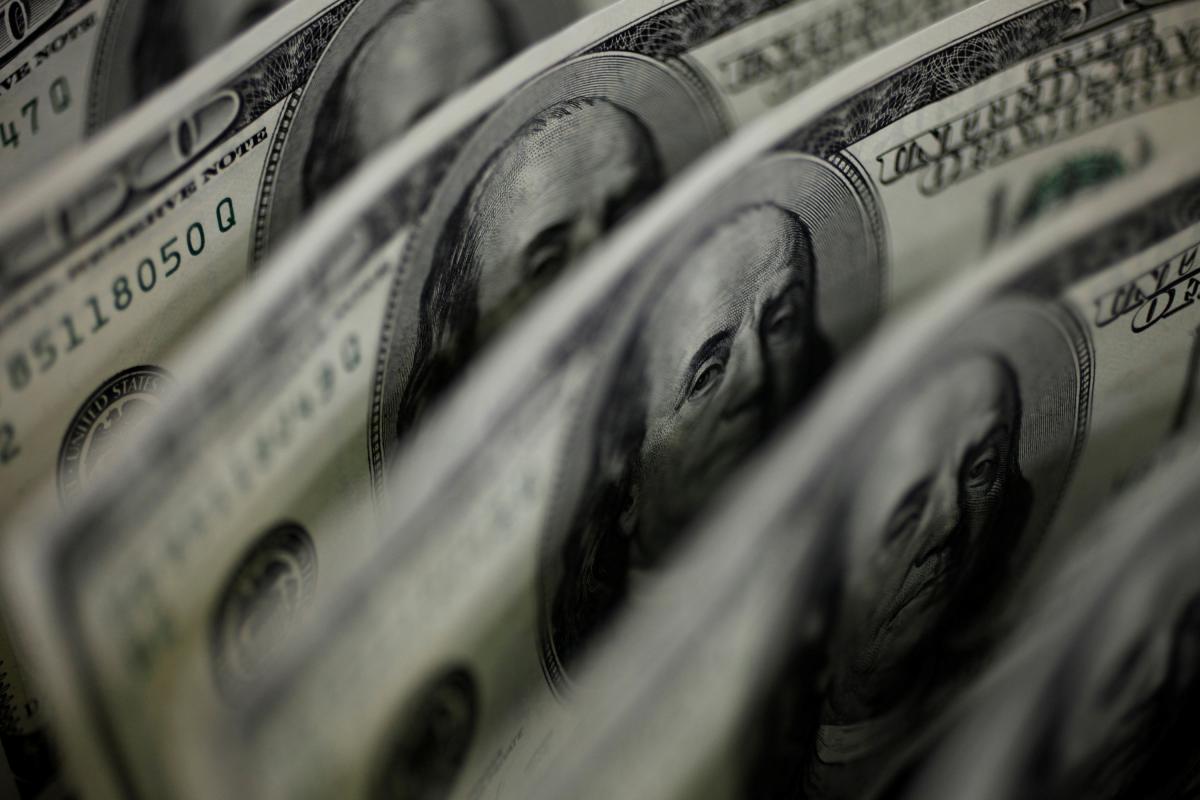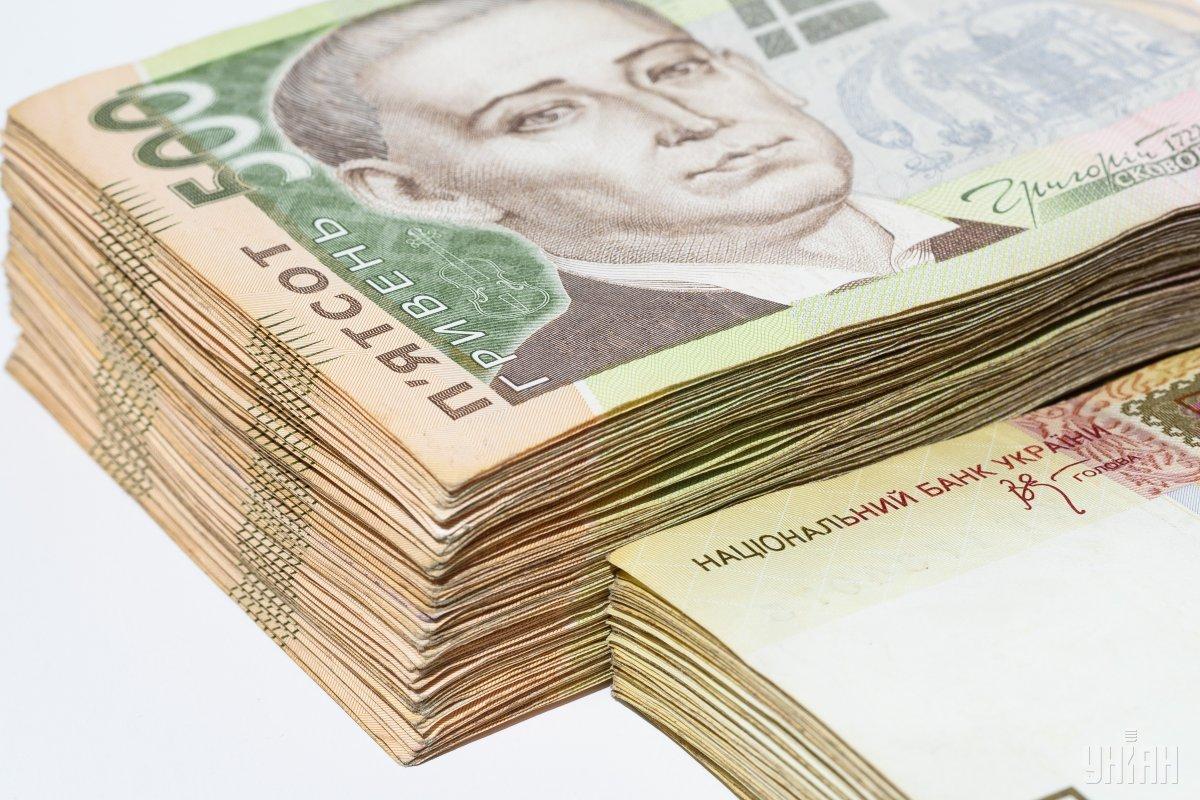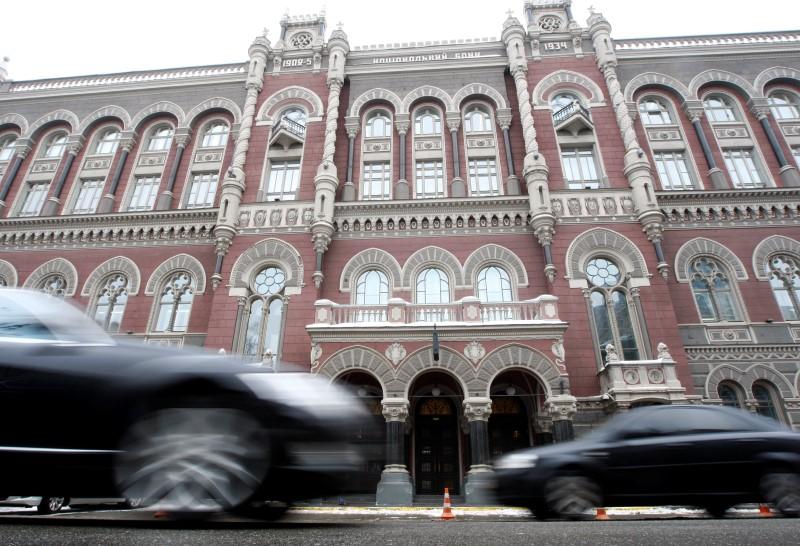
Foreign trade balance gap: Paradox of Ukraine's national economy
Foreign trade deficit is on the rise in Ukraine, having already exceeded the psychological mark of $9 billion. Future prospects are also disappointing. What threats does this economic "hole" bring and how can it be patched?
The State Statistics Service recently published sad news about the deficit of foreign trade in goods over the 11 months of 2019. It appears, it has been growing, reaching another record high of $9.3 billion, which is 6% higher on year. The National Bank's estimates are even sadder as they say the gap is over $10 billion.
No matter the difference in assessments, the situation is rather unpleasant, to put it mildly. The thing is that the trade deficit means the withdrawal of capital and foreign currency, since it is spent on the purchase of foreign goods, and the country's low ability to manufacture competitive products.
At the same time, the government expects that in 2020 the gap in the trade balance will amount to $13.78 billion, then $14.92 billion in 2021, and $16.11 billion in 2022.
This is a positive scenario, while there's also a negative one, suggesting trade deficit growth from $13.96 billion in 2020 to $15.60 billion in 2021 and $17.25 billion in 2022.
What's good for giants is a blow to dwarfs

According to economic laws, trade deficit doesn't mean collapse of the economy. Often, it is adjusted over time. In addition, an increase in imports of goods from other countries leads to lower prices for consumer goods as foreign competition grows. Besides, lower prices help tame inflation in the local economy. Import growth also expands the diversity of goods and services.
But this theory applies exclusively to developed economies. Import growth there is associated with the ability of the population to consume more than the country can produce. Consequently, trade deficit may indicate economic growth. This is clearly seen in the United States and the UK. There, trade deficit (which has already reached billions of dollars) is precisely holding back inflation, which helps maintain a high standard of living by moving labor-intensive industries outside the country.
This applies to all countries that have capital-intensive and high-tech sectors of the economy, which attracts significant amounts of capital from around the world in the form of portfolio or direct investment. However, due to the lack of competitiveness of export sectors, these countries are forced to cover the bulk of their trade deficit by issuing private and government debt instruments.
At the same time, in the developing economies, including Ukraine, trade deficit in the long run can only bring negative consequences. The current indicator shows non-competitiveness of export sectors of the economy, which often leads to the devaluation of the national currency. If a country imports more foreign goods, domestic companies cease to produce competitive products.
Industry suffers the most. Hence, fewer jobs and a lower income of employees. Fewer jobs mean fewer products are produced in the economy. And this, in turn, leads to even greater imports and a larger trade deficit. As a result, this could entail the fall of the entire economy.
A paradoxical situation is being observed in Ukraine. Despite a ten-year increase in the gap in the trade balance, today, the government says, the economy is growing and the hryvnia is strengthening. But what stands behind this?
"Raw material appendage" or...
Head of the NBU Council Bohdan Danylyshyn believes that today the reason for what is happening is Ukraine's clear course away from the status of an exporter of metallurgical and chemical products to that of an exporter of agricultural and mineral raw materials and metallurgical semi-finished products. Dramatic changes are needed to achieve an economic turning point.
"Both statuses are not prestigious, we just change our specialization, remaining in the lower league of world exporters. So far, the openness of the Ukrainian economy is not leading to positive changes in its structure, which is clearly seen from the analysis of exports and imports. I don't call for becoming closed from the rest of the world. Yes, this is unrealistic. A different approach is needed: there are examples in history when governments diversified the structure of exports, increasing the share of technological exports, and in a relatively short period of time of seven to 10 years. This was done by Slovakia and the Czech Republic. A major role was played by foreign investors. Their goal was to include local companies in global value chains in order to serve foreign markets and fill domestic ones, where imports dominated," the expert explained.

In his opinion, in order for Ukrainian enterprises to become intermediate, and, in the ideal case, final links in global value chains, political stability, the rule of law, the creation of a high-quality logistics infrastructure and effective tariff and customs regulation are necessary.
"I think it’s important for parliament and government to focus on issues that allow us to see trends in the growth of high-tech exports and lower imports of products that we can very well produce domestically by the end of their cadence," Danylyshyn emphasized.
According to Vitaliy Shapran, a financial analyst and member of the NBU Council, despite poor trade balance, Ukraine ended the year of 2019 on a major note, although this happened mainly due to the influx of funds from Naftogaz. But the revaluation of the hryvnia, which is happening now, accelerates import growth and reduces the volume of exports.
"This cannot go on for too long, we finance the negative trade balance due to the wages and the influx of foreign funds into the government bonds market. The very first change of trends on the international capital market could have a dramatic effect on the hryvnia exchange rate. The NBU needs to intensively increase its foreign exchange reserves and not concentrate operations to replenish them at the end of the year, but rather try to fill up reserves throughout the year, preparing for a possible change in trends," Shapran is convinced.
Leading analyst ith the Institute for Socio-Economic Transformation Slava Cherkashyn assures that while the Ministry of Finance is "pumping" internal government loan bonds and Ukrainian migrant workers are sending $12-14 billion a year to the country, one should not expect any fatal fallout from the growing trade deficit. (By the way, the volume of non-residents' investments in domestic government loan bonds since the beginning of the year has grown by UAH 103.7 billion, or by more than 17 times, to UAH 110.1 billion. It is planned to pay them off within two years).

"Only another record harvest by farmers in 2020 can rectify the situation. But seriously, what is needed is a banal cessation of the cannibal tax policy, a reduction in government intervention in the economy, an active expansion policy in the EU – encouraging exporters, attracting investment. Trade shortages are a cause for concern and systemic decisions, but not for panic. Ukraine has lived with such a balance for years. But this means non-competitiveness of the economy as a whole. Our products cannot, and manufacturers often do not want to explore new foreign markets. The situation is almost impossible to fix right away. At a minimum, an action plan and long-term efforts to implement it are required. The state may try to stimulate this, but it should stop roughly interfering and totally regulating exports," he said.
Economic expert Oleh Pendzin calls what is happening in Ukraine's trade policy expected: "If a country sells raw materials and buys final products, it is hard to expect a different trade balance. In 2019, our compatriots who work abroad transferred more than $12 billion to Ukraine. This money is not an investment in job creation. They go to the consumer market, and for this money, they buy cars, household appliances, everything that we ourselves do not produce, but import. Therefore, when our leaders boast that Ukraine's GDP grew by 3.2%, it would be nice if they could explain what the growth was due to despite the fact that the Ukrainian industry for 11 months fell by 7.5%. Then we would hear that growth was achieved mainly through retail, which grew by more than 11%. In fairness, we need to remember the farmers with their 2.5% growth, thanks to the harvest. But the main contribution to GDP is retail for the money of our people," Pendzin said.
An expert on tax law and financial investigations Sviatoslav Dubyna draws attention to the fact that the negative export-import balance has been observed for 13 consecutive years and, judging by the dynamics, 2019 has not become a turning point. Moreover, last year, the "gap" exceeded the psychological mark of $10 billion. And this indicates that not a single Ukrainian government comprehensively approached this problem.
"Each government, when it comes to government offices, begins by extinguishing fires and tactical actions of interested people who have delegated them to these offices. As a result, we got a constantly stagnating economy with small surges, in the case of an increase in raw material prices, which makes up 60% of Ukraine's exported products. The situation is temporarily held by expats who officially transfer over $11 billion annually and, in fact, are the main investors in Ukraine. With such a structure of the economy, where 40% is agribusiness, about 25% is the product of primary processing of natural resources, and only 15% is industrial production and 15% are high-margin products and services, it is impossible to talk about the prospects for economic development. And we must also take into account that this all makes up 0.13% of the global economy. If we look at the most powerful economy in the world (almost a quarter of the world economy), which is the United States, then there is 1.5% of agribusiness, 25% of production and 70% of services in the structure. That is, the structure of successful countries is services, not the export of raw materials, or even industrial production. We are slipping into becoming an agrarian state, which will a priori sink into debt and lose its international role, which we have been observing for the last decade," the expert noted.
To change such a disappointing picture for Ukraine, deep structural changes are needed in all areas. Now they have accelerated somewhat, but globally do not solve the problem – too much time has been lost.
We need a full-fledged and aggressive state development strategy, but, unfortunately, it is lacking. The main task for the future is maximum processing of raw materials and the release of the final competitive product with its active promotion on foreign markets. To this end, we need a large-scale strategic plan, the "Marshall Plan", so to speak, in all sectors of the country's life. Ukraine needs to determine its role and place in the global economy, and society must answer the question of whether we are ready to change the picture and achieve the right to exist as a state in the future. The window of opportunity is not yet closed.
Nana Chornaya

